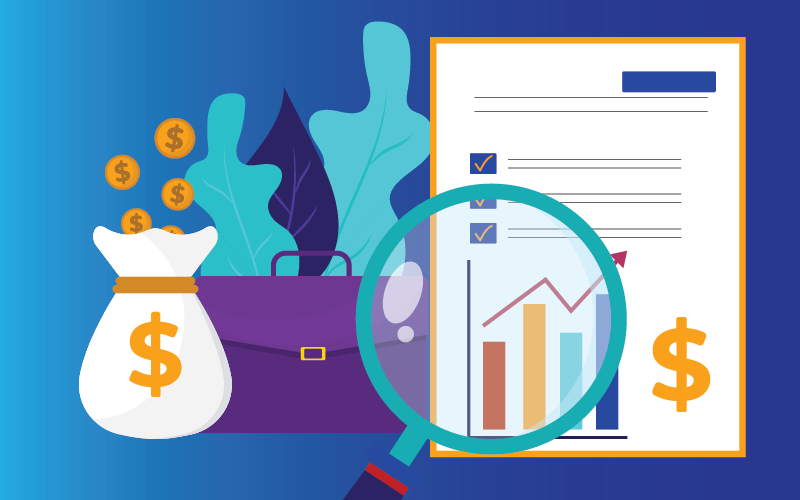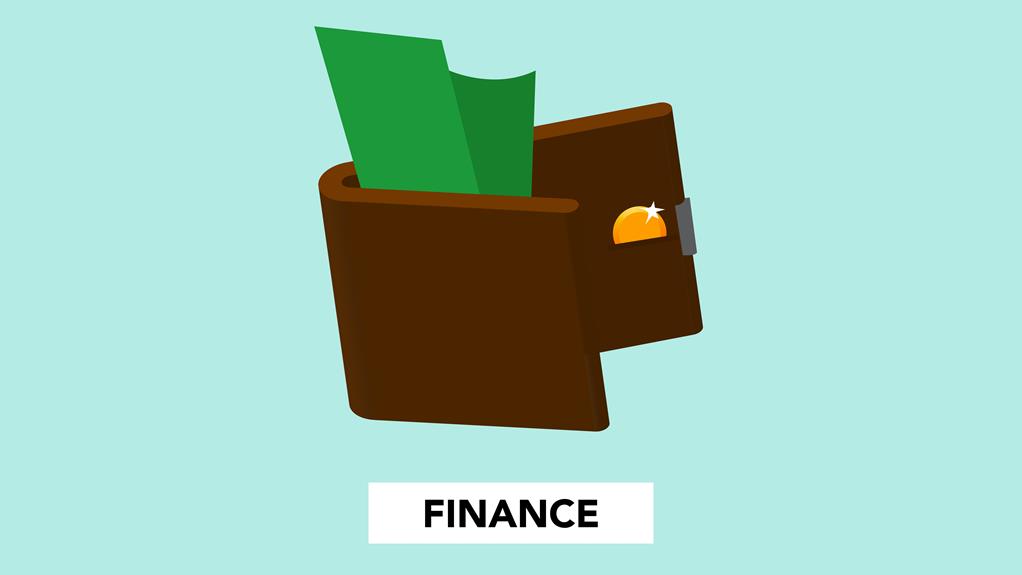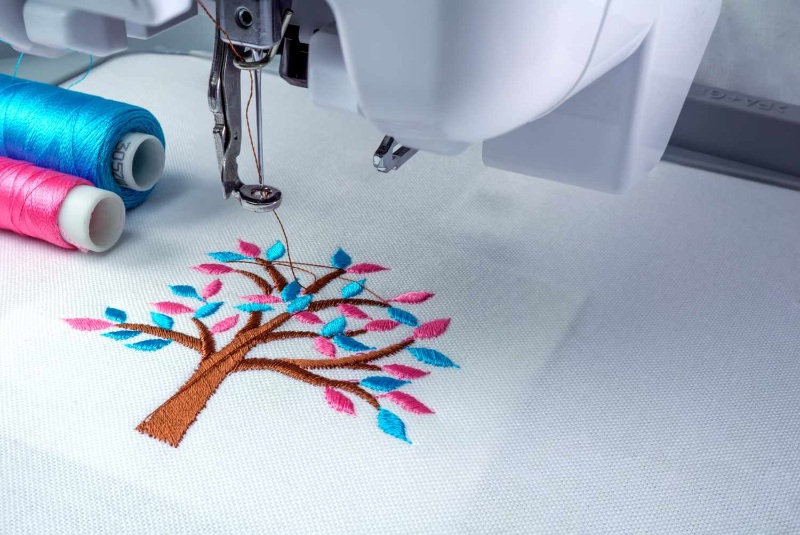In today’s interconnected world, scams have become increasingly sophisticated and prevalent. From investment schemes to online shopping fraud, scammers are constantly developing new tactics to deceive unsuspecting victims. This comprehensive guide will help you understand how to verify and analyze potential scams, protecting yourself and your loved ones from financial losses and identity theft.
Understanding Modern Scam Landscapes
The digital age has transformed how scammers operate. While traditional scams still exist, cybercriminals have adapted their techniques to exploit new technologies and platforms. Many communities worldwide have developed robust verification systems – for instance, in South Korea, platforms like 먹튀사이트 (scam verification services) have become essential tools for identifying and avoiding fraudulent websites and schemes.
Key Warning Signs of Potential Scams
1. Pressure Tactics
- Urgency creation (“Act now or lose this opportunity!”)
- Threats or intimidation
- Emotional manipulation
2. Financial Red Flags
- Requests for unusual payment methods
- Promises of unrealistic returns
- Upfront fees for guaranteed services
3. Communication Patterns
- Poor grammar and spelling
- Inconsistent business information
- Unsolicited contact
Verification Methods and Tools
1. Digital Footprint Analysis
- Research the company/individual’s online presence
- Check registration dates of websites
- Analyze social media profiles and activity
- Verify business registration and licenses
2. Contact Information Verification
- Cross-reference phone numbers
- Validate physical addresses
- Confirm email domains
- Check for professional business listings
3. Technical Assessment
- Examine website security certificates
- Review privacy policies and terms of service
- Analyze URL structure and authenticity
- Check for secure payment systems
Professional Resources and Tools
1. Official Databases
- Government scam registries
- Consumer protection websites
- Financial authority warnings
- Industry-specific watchlists
2. Community Resources
- Consumer review platforms
- Scam reporting forums
- Industry-specific communities
- Social media groups focused on scam awareness
Step-by-Step Scam Analysis Process
1. Initial Assessment
- Document all communication and evidence
- Identify key claims and promises
- Note requested actions or demands
- Record contact information and platforms used
2. Deep Investigation
- Research all provided information
- Cross-reference with known scam patterns
- Verify credentials and authenticity
- Consult expert resources and databases
3. Risk Evaluation
- Assess potential financial exposure
- Identify personal information risks
- Consider long-term implications
- Evaluate impact on others
Prevention Strategies
1. Personal Protection
- Maintain updated security software
- Use strong, unique passwords
- Enable two-factor authentication
- Regular monitoring of financial accounts
2. Information Management
- Limit personal information sharing
- Use secure communication channels
- Maintain detailed records
- Regular data backups
3. Educational Development
- Stay informed about new scam types
- Participate in awareness programs
- Share knowledge with vulnerable groups
- Follow reputable security sources
Response Protocol for Suspected Scams
1. Immediate Actions
- Cease all communication
- Document everything
- Secure accounts
- Alert relevant authorities
2. Recovery Steps
- Contact financial institutions
- File official reports
- Update security measures
- Inform connected parties
3. Long-term Protection
- Monitor credit reports
- Update security protocols
- Regular vulnerability assessments
- Ongoing education
Conclusion
Scam verification and analysis is not a one-time effort but a continuous process of learning and adaptation. As scammers evolve their techniques, our defense mechanisms must also advance. By following this guide and staying vigilant, you can significantly reduce your risk of becoming a victim of fraud.
Remember that prevention is always better than cure. Regular education, maintaining healthy skepticism, and using available verification tools can help protect you from most scam attempts. When in doubt, consult with experts or trusted community resources before engaging in any suspicious transactions or relationships.
Stay safe, stay informed, and help others protect themselves from the ever-evolving landscape of scams and fraud.








































0